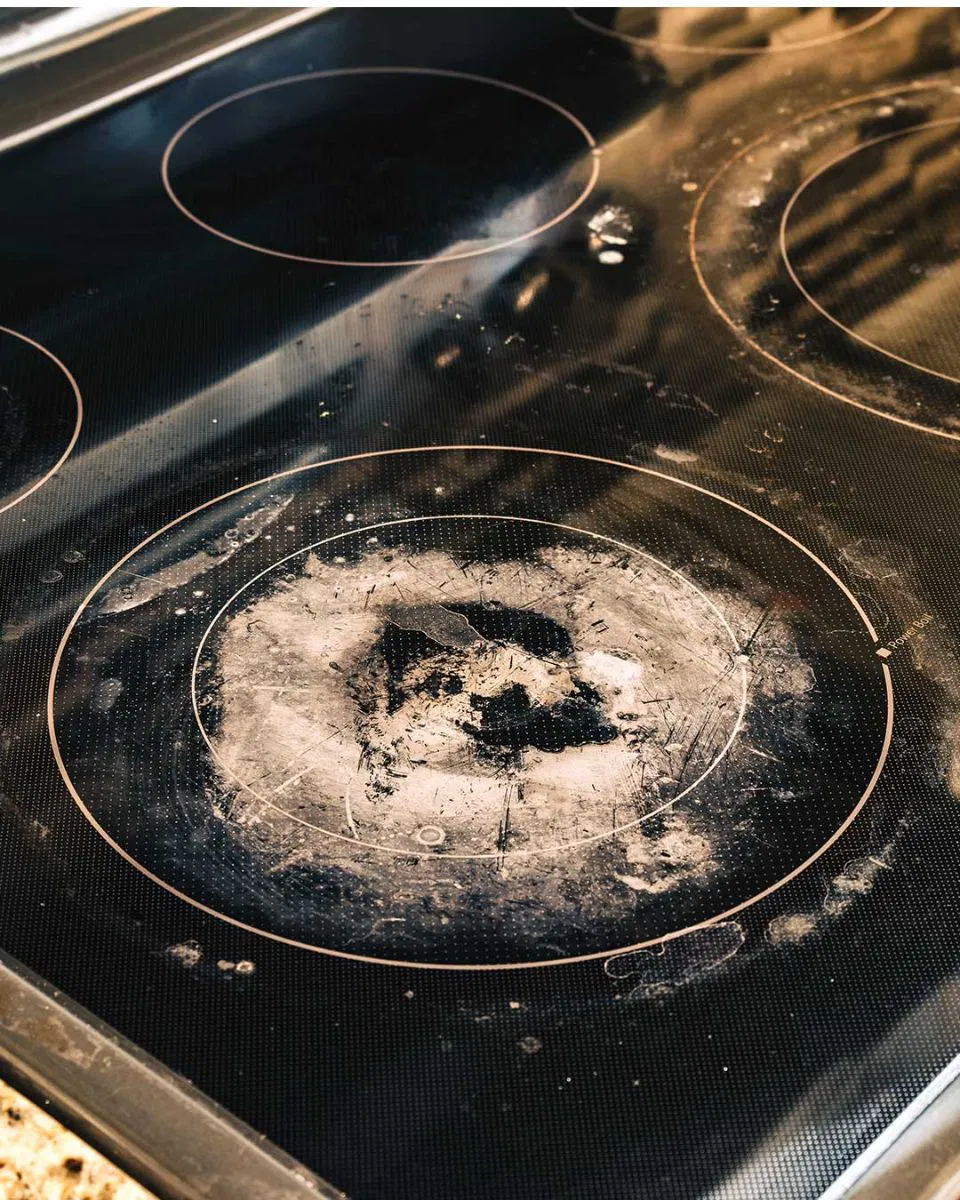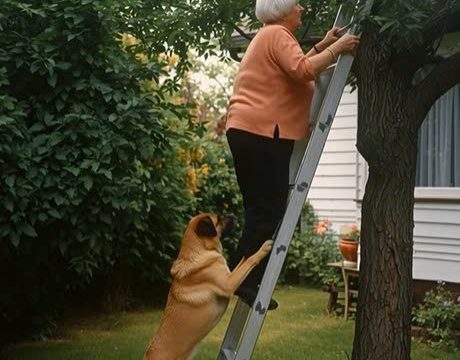For many families, the kitchen isn’t just a room—it’s the heart of the home. It’s where coffee is brewed in the early morning, where Sunday dinners bring everyone together, and where conversations unfold while a pot of soup simmers. For older adults especially, keeping a kitchen clean and functional is about more than looks. It’s about safety, comfort, and being able to enjoy cooking without unnecessary frustration. That’s why it can feel discouraging when a glass stove top starts to look dull, grimy, or possibly even damaged. These sleek cooktops are popular for their modern design and efficiency, but they also have a reputation for showing every little spill, scratch, and scorch mark. Unlike traditional coil burners, they require more careful maintenance.

If you’ve ever found yourself staring at your stove top and wondering, “Is it just dirty, or is it actually damaged?” you’re not alone. The good news is that most issues can be solved with the right care. Below is a detailed guide on how to recognize problems, clean effectively, repair minor damage, and protect your glass or induction stove top so it can serve you well for years to come.
Glass stove tops, whether ceramic or induction, are now staples in modern kitchens. They’re sleek, heat quickly, and are much easier to wipe down than old coil burners. Induction models are especially efficient because they heat pots and pans directly through electromagnetic fields, which means faster boiling times and cooler kitchens. For seniors or anyone who cooks frequently, that efficiency can be a real blessing. Less waiting, fewer heavy pots left on the stove for too long, and a surface that doubles as extra counter space when it’s not in use.
The downside? The very feature that makes these cooktops attractive—the smooth glass surface—also makes them vulnerable. Unlike metal burners, glass can scratch, discolor, or even crack if it isn’t handled carefully. Knowing how to tell the difference between normal wear and actual damage is the first step.
Small scratches are common and usually harmless, but deeper scratches can spread. Chips or cracks, even tiny ones, are more serious because they weaken the glass. Stains and discoloration, such as cloudy patches or white rings, may look like permanent damage but are often signs of burnt-on residue or mineral buildup. Uneven heating or strange buzzing noises can indicate underlying electrical or structural problems that shouldn’t be ignored. The best tip? Start with a thorough cleaning before assuming the worst—many so-called “damages” are just stubborn dirt.
Once you’ve cleaned the stove, reassess. Minor scratches or light stains usually don’t affect performance and can often be polished out. Deep cracks or chips, however, are red flags. Even if the stove still heats, the integrity of the glass is compromised and can worsen suddenly. Persistent discoloration might not be dangerous but could be a sign of overheating or using improper cookware. If one or more burners aren’t heating correctly, that’s a signal it’s time to bring in a professional.
Calling a technician is especially important if the glass is cracked, if heating elements don’t respond, or if you notice sparking or unusual sounds. Even if your stove looks like it’s functioning, cooking on a cracked surface is unsafe. A professional can determine whether repair is possible or if a full replacement is the better option.
Prevention always begins with proper cleaning. One of the easiest ways to extend the life of your stove top is by cleaning it regularly and carefully. After the surface cools, wipe it down with a damp microfiber cloth and mild dish soap. For stubborn stains, make a baking soda paste, let it sit on the surface, and gently scrub with a non-abrasive pad. Commercial cleaners designed for glass stove tops are also a great investment, leaving the surface polished and streak-free. For hardened spills, carefully use a razor blade at a 45-degree angle to scrape off residue. Always follow up with a rinse and buff dry to keep it shining.
Just as important is knowing what not to do. Avoid steel wool or abrasive pads—they will scratch instantly. Don’t spray glass cleaner directly on a hot surface. Don’t let sugary spills like caramel or jam sit, as they can permanently etch the glass. Never drag pots across the surface; lift them instead. Also, avoid placing hot lids directly on the stove, as they can create suction and lead to cracks.
For minor imperfections, do-it-yourself fixes can work. Scratch repair kits from hardware stores come with polishing compounds and pads that reduce the appearance of surface marks. Clear epoxy can fill tiny chips and prevent them from spreading. Polishing creams made specifically for ceramic cooktops can also restore shine. Just remember, if you’re unsure, it’s better to stop and consult an expert. Saving a little money on repairs isn’t worth risking a costly appliance.
Preventing future problems comes down to habits. Always use smooth, flat-bottomed cookware. Lift, don’t slide. Wipe up spills right away. Use burner covers when the stove isn’t in use. And check your cookware bottoms for rough edges or buildup before cooking.
Still, sometimes replacement is inevitable. If your glass has a long crack running across it, if repairs cost more than half the price of a new unit, or if the stove has frequent electrical issues, it may be time for an upgrade. Most stoves last 10 to 15 years, and newer induction and ceramic models are more efficient and easier to maintain.
At the end of the day, your glass stove top can remain both a stylish centerpiece and a reliable tool in your kitchen if you treat it with care. Regular cleaning, good cooking habits, and prompt attention to issues can keep it functional and safe for many years. If you’re dealing with stubborn stains or worried about scratches, don’t panic. Start with gentle cleaning methods, avoid common mistakes, and call a professional when something doesn’t seem right.
Because your kitchen deserves a stove top that not only works but also looks clean and inviting—a surface that helps make every meal easier, safer, and more enjoyable.





